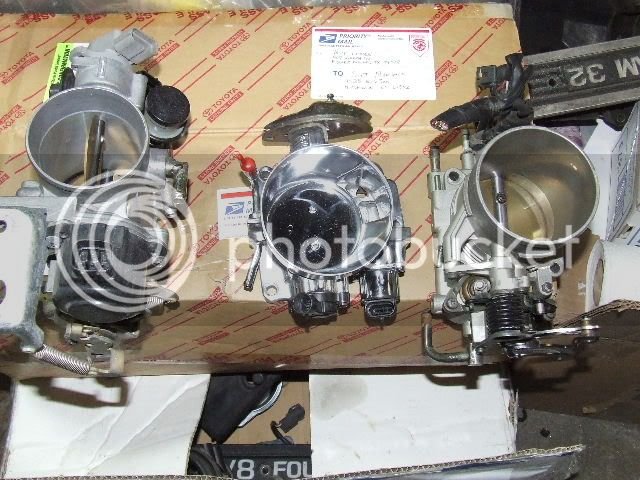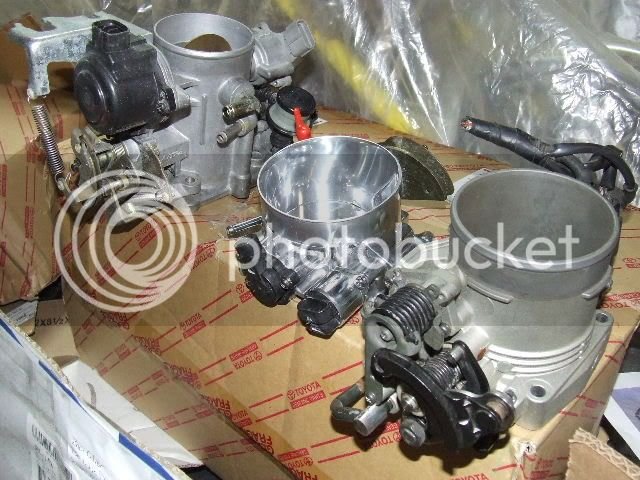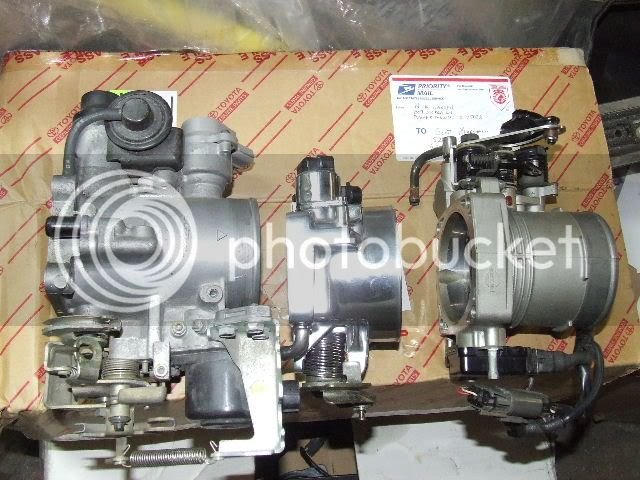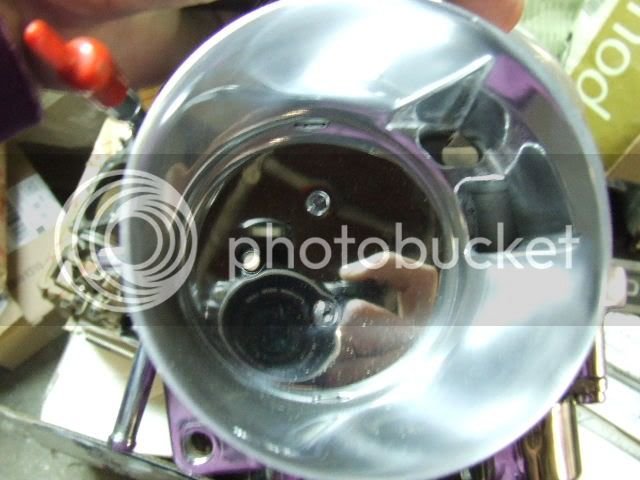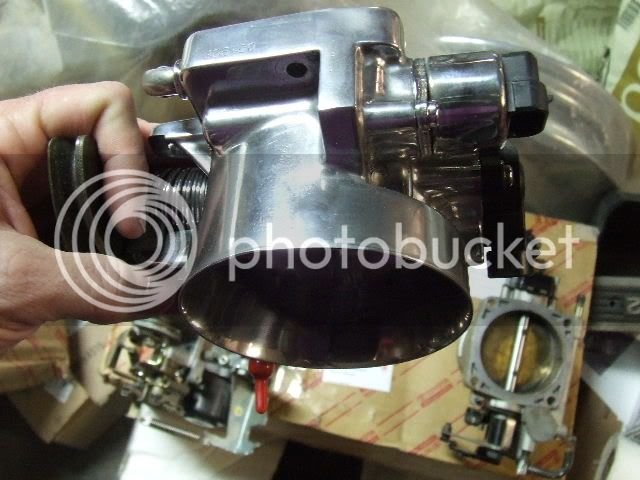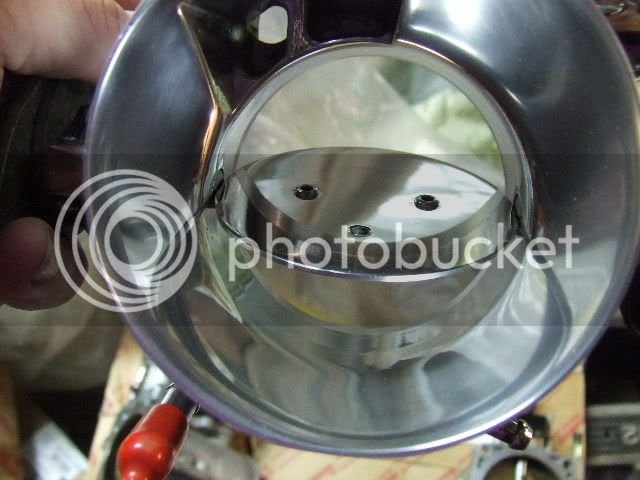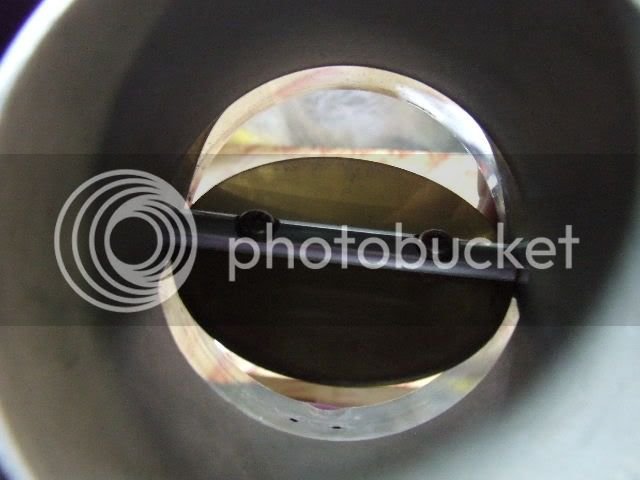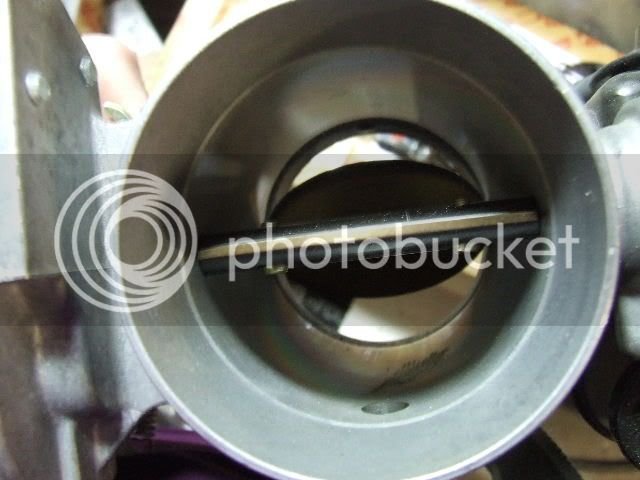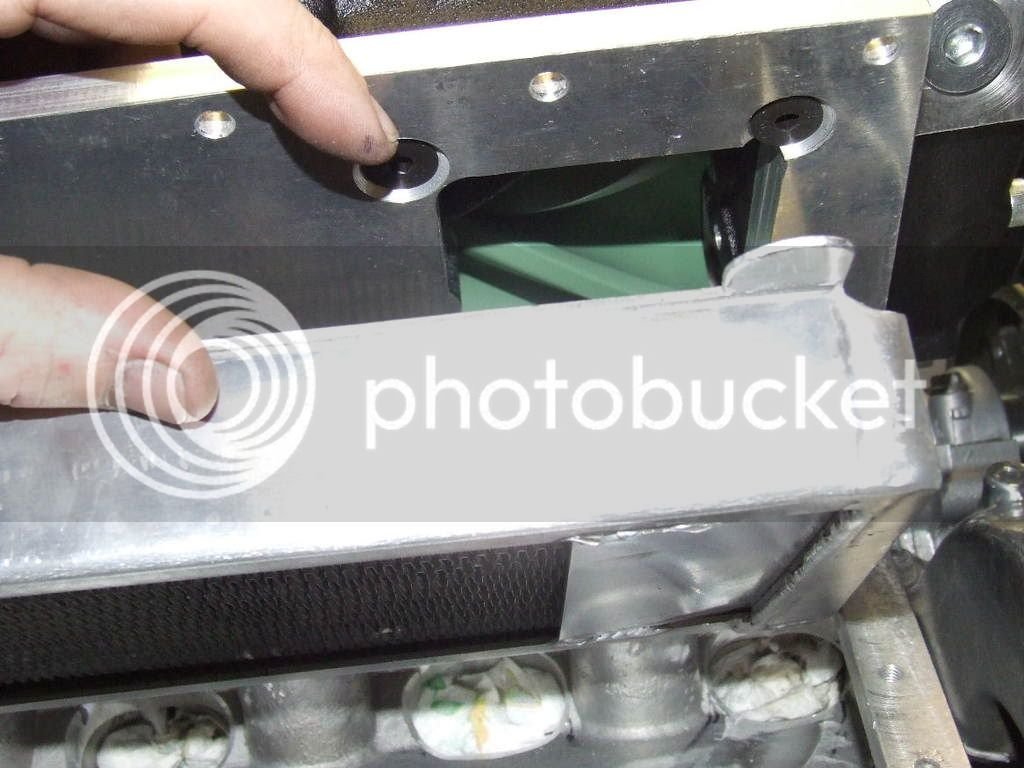Forgot to mention to you, my lobes are hitting the lifter guides too.....
I think your Whipple's discharge port placement may be worse than Zuffen's and my OA's. Wonder what they (Whipple) do with a domestic application? Probably have a lot more room from front to rear with a domestic motor, so they just put a longer snout on it and move it back so it's centered. Still, I would think that would only move the problem to the middle cylinders.
It would be interesting to see the inside of a Whipple manifold, to see what they're doing to divert the air flow.
I think your Whipple's discharge port placement may be worse than Zuffen's and my OA's. Wonder what they (Whipple) do with a domestic application? Probably have a lot more room from front to rear with a domestic motor, so they just put a longer snout on it and move it back so it's centered. Still, I would think that would only move the problem to the middle cylinders.
It would be interesting to see the inside of a Whipple manifold, to see what they're doing to divert the air flow.

